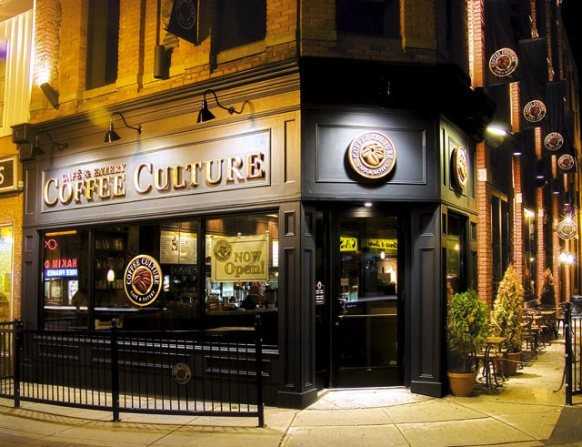Canadians love their coffee. In 2015, they consumed 2.3 billion servings of the caffeinated beverage; up nearly 10 per cent from 2.1 billion in 2014. However, ongoing foodservice market research from The NPD Group, a leading global information company, reveals that out-of-home coffee servings are decreasing in popularity.
After declining by more than 3 per cent in 2014, out-of-home servings remained flat, while continuing to struggle in 2015.
Economic instability, coupled with changing consumer preferences, and the popularity of in-home brewing devices such as single-serve machines have led to the decline in out-of-home consumption.
“Today’s consumer is savvy. They want quality, convenience, and are always looking for ways to save money and spend less,” says Robert Carter, Foodservice Industry Analyst at The NPD Group. “When it comes to convenience, in-home brewing has really become a great way for consumers to achieve the same quality in a more convenient and cost effective way.”
Consumers Looking For Alternative Offerings
When Canadians do make out-of-home purchases they are most likely to reach for a cup of traditional hot brewed coffee (76 per cent of servings), in comparison to hot specialty coffee (14 per cent of servings), or iced specialty coffee (10 per cent of servings). However, coffee-craving Canadians are beginning to become more adventurous when it comes to their purchases.
Over the last five years, hot brewed coffee servings have declined at a rate of 1 per cent whereas hot specialty coffee servings have grown by 4 per cent and iced specialty coffee servings have surged by 10 per cent, finds NPD’s CREST® foodservice market research.
Interestingly, while the number of annual servings of hot brewed coffee has declined, the number of annual visits to coffee shops saw growth of 2 percent. This suggests that consumers are continuing to alter their purchasing habits – a trend that has influenced some operators to begin experimenting with different types of offerings including wine, beer, and non-coffee alternatives.
The Growing Impact of Millennials and Females
Interestingly, Boomers remain the biggest consumers of hot brewed coffee (38 per cent of servings) while Millennials actually reduced their consumption by 9 per cent in 2015.
This decrease in and of itself is significant, especially in the hot specialty coffee category where Millennials consume 1 of every 3 servings. And when it comes to specialty coffee, females seem to be driving growth, consuming 65 per cent of all hot specialty servings and 67 per cent of all iced specialty servings


















